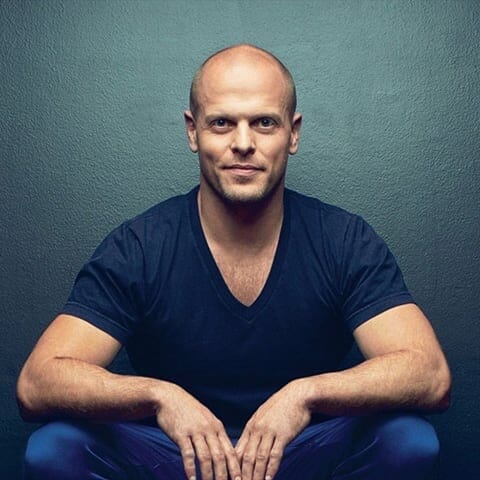 author
authorDiscover the Best Books Written by Eliyahu M. Goldratt
Eliyahu Moshe Goldratt (March 31, 1947 – June 11, 2011) was an Israeli business management guru. He originated the Optimized Production Technique, the Theory of Constraints (TOC), the Thinking Processes, the Drum-Buffer-Rope, Critical Chain Project Management (CCPM), and other TOC-derived tools. He was the author of several business novels and non-fiction works, mainly on the application of the theory of constraints to various manufacturing, engineering, and other business processes.
The processes are typically modeled as resource flows; the constraints typically represent limits on flows. In his book The Goal, the protagonist is a manager in charge of a troubled manufacturing operation. At any point in time, one particular constraint (such as inadequate capacity at a machine tool) limits total system throughput. When the constraint is resolved, another constraint becomes the critical one. The plot of Goldratt's stories revolves around identifying and raising the current limiting constraint, followed by finding out which is the next limiting constraint.
Another common theme is that the system being analyzed has excess capacity at a number of non-critical points, which, contrary to conventional wisdom, is essential to ensure the constant operation of the constrained resource. Goldratt was born into a rabbinic family, the son of Avraham-Yehuda Goldrat, in British Mandatory Palestine one year prior to Israel's modern statehood. He obtained a BSc degree from Tel Aviv University and MSc and a Ph.D. degree from Bar-Ilan University in Ramat Gan, Israel.
Goldratt died from complications arising from lung cancer on June 11, 2011, at noon, in his home in Israel. After some experience helping Israeli manufacturers, Goldratt left the academic world to join a company called Creative Output. The company developed and sold the Optimized Production Technology (OPT) software package. OPT was billed as the first software to provide finite capacity scheduling for production environments. A number of major publications analyzed this software and the principles behind it.
Goldratt was actively involved in many controversies, such as Cost Accounting v Throughput Accounting culminated in the publication of "A Town Without Walls." Within the company, Goldratt noticed elements that made him uncomfortable. For instance, in the second edition of The Goal, several software implementations did not come close to their estimated potential. After some work, Goldratt discovered that the habits and assumptions (paradigms) of employees and managers prior to using the software were still prominent and negatively influenced results after implementation.
His answer was the book The Goal, which took 13 months to write. After completion, the book was not well received by the company staff and by large publishers. Finally, with help from Larry Gadd, the owner of North River Press, the book was published and became a great success. After a while, Goldratt noticed that many implementations were conducted using the book but not the software. This caused further stress in the company, and Goldratt tried to capture the essence of implementing the solution directly in what is now known as the Drum-Buffer-Rope method.
He published The Race to explain some of the concepts he was working on and developed a course to teach people how to manage their production using a computer simulation game. Goldratt tried to move the company toward "consulting," trying to help people rethink how they did things. Still, Creative Output's declining revenues and Goldratt's involvement with things other than the sales of OPT software convinced the shareholders to fire Goldratt (and, afterward, his closer collaborators).
Best author’s book





















